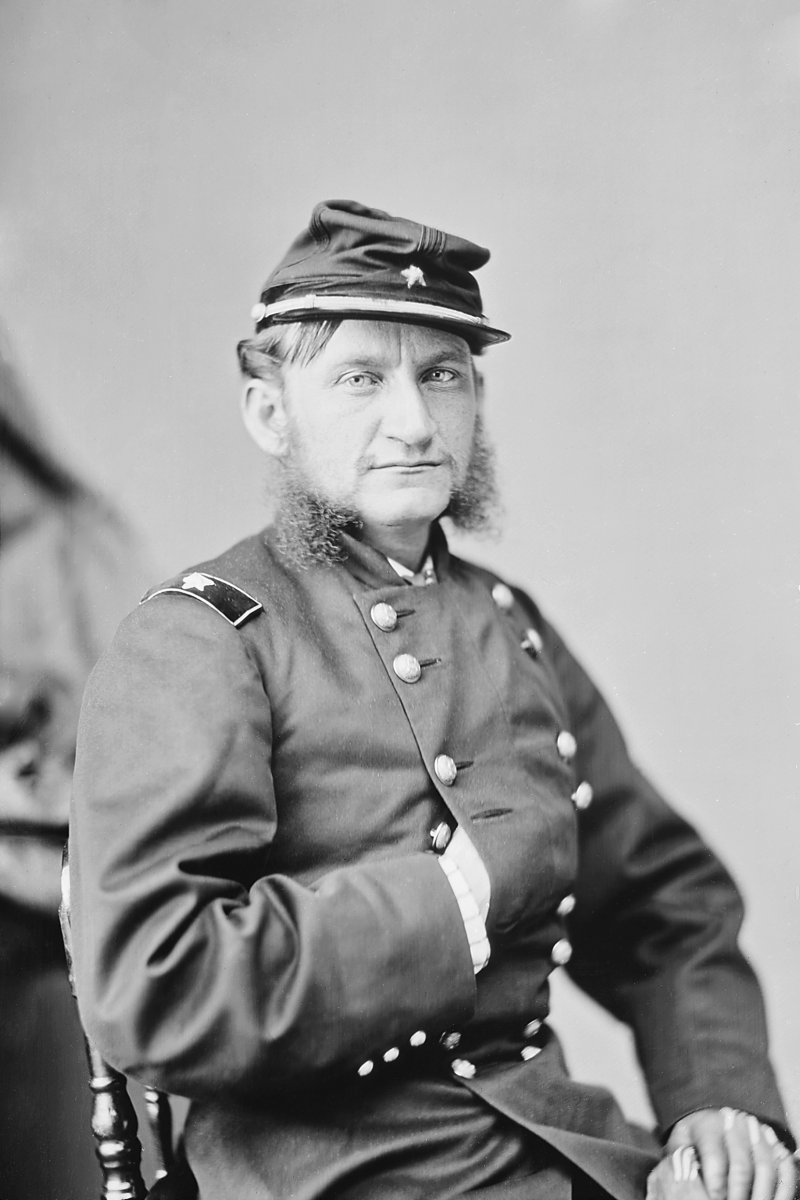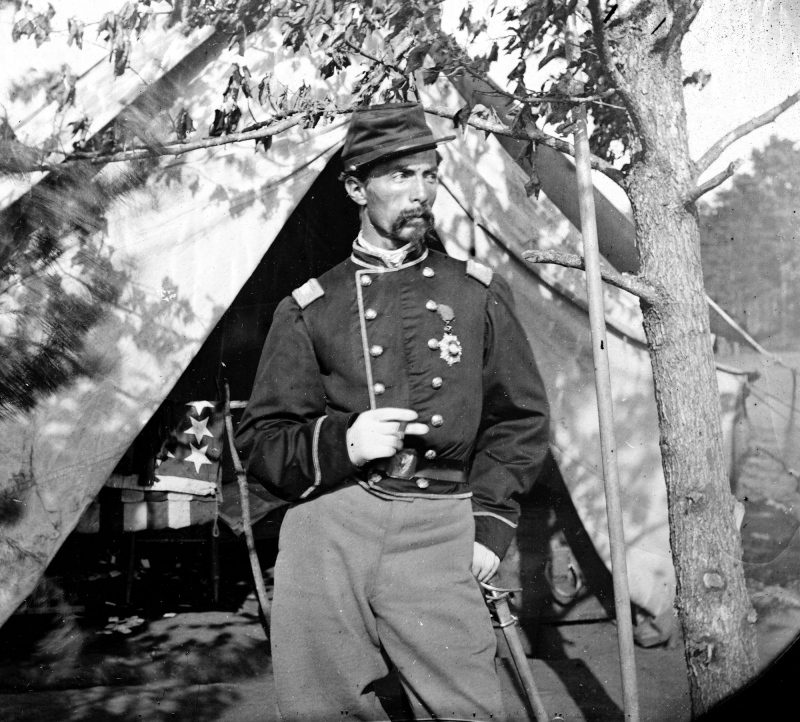Duffié seized Middleburg with only a smattering of shots fired on the first day of the battle
One of the facts about the Battle of Middleburg is that Duffié seized Middleburg with only a smattering of shots fired on the first day of the battle. As Brig. Gen. H. Judson Kilpatrick led his brigade of Federal cavalry out of Manassas Junction early on June 17, 1863, he directed Col. Alfred N. Duffié to lead his regiment, the 1st Rhode Island Cavalry, to Middleburg. He was supposed to secure the town that evening and rejoin the brigade the next day after scouting Loudoun County extensively. Passing through Thoroughfare Gap, Duffié's troops clashed with parts of Col. John Chambliss' brigade's 9th Virginia, but continued north into Middleburg, arriving at 4:00 p.m.
Duffié's lead squadron pushed along the road from White Plains and attacked pickets from the 4th Virginia Cavalry, driving them back into town. They arrived at Middleburg just as Confederate cavalry commander Maj. Gen. J. E. B. Stuart and his staff were enjoying lunch at a tavern. General Stuart and his staff were forced to make an ignominious retreat to the west with little warning. Stuart directed Lt. Frank Robertson to inform Col. Thomas Munford, who was stationed at Aldie, to move his brigade to Rector's Cross Roads.
Duffié recognized that after capturing Middleburg with only a few bullets fired, holding the town for the night would be far more difficult. He was aware that Chambliss' brigade was following him from the south, and he was quickly made aware of Munford's earlier-in-the-day transit through town to the east. Nonetheless, he elected to fulfill his orders and barricade the five roads leading into the settlement, but he chose to man those barricades with only a tiny force of pickets. Duffié positioned a stronger detachment of approximately sixty soldiers behind a wall lining The Plains road about 250 yards south of town, then led the rest of the regiment two miles south.






